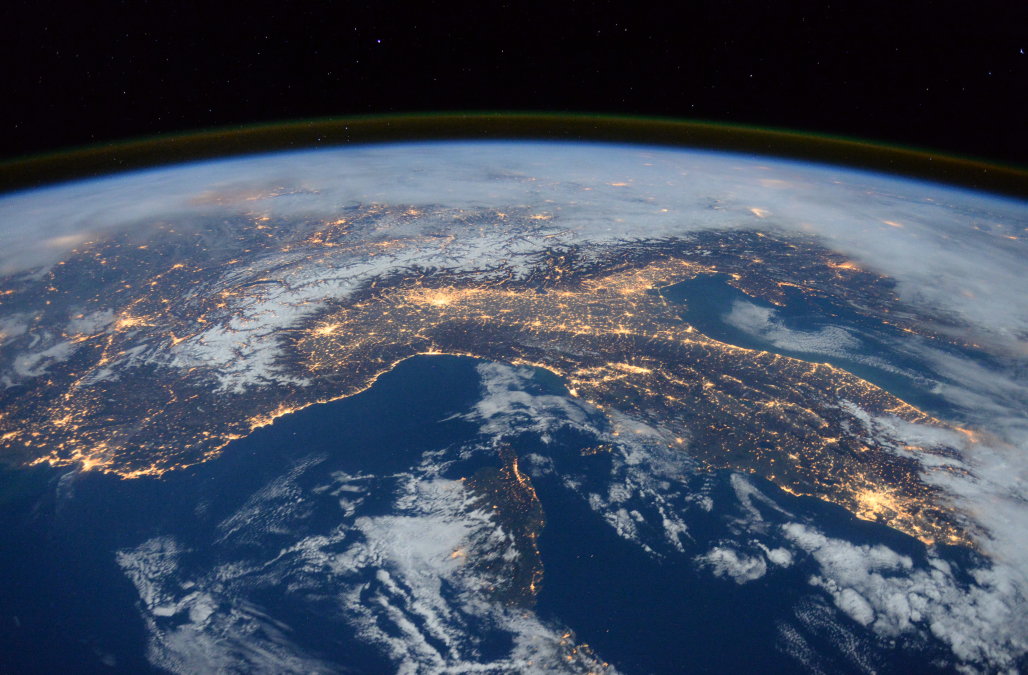Due to past trends and mathematical analysis, geologists predict we may be headed for the next mass extinction by 2100. Researchers can recognize when mass extinctions have occurred by looking at the rock record. Geologists take samples of rocks, and examine when large numbers of different fossils become absent in newer layers. This indicates that a mass extinction has occurred. The past five extinctions occurred when there were unusually high amounts of global carbon present, which indicates that we may face trouble in the future as the carbon concentration in the atmosphere continues to increase.
Dr. Daniel Rothman, a professor at MIT, ran a mathematical analysis to calculate the probability of another mass extinction occurring. Past extinctions found that adding massive amounts of carbon over thousands to millions of years led to mass extinctions, and Dr. Rothman found that adding carbon to the air as fast as we are currently will lead to a mass extinction in a much shorter timeframe. An increase of 310 gigatons of carbon into the air is expected by 2100 at current rates that carbon is being released. Geologists generally look at the past to understand the future; however adding this much carbon in such a short timespan is entirely unprecedented. We're in a transformative time in Earth's history where things are changing faster than they ever have in the past. This is extremely alarming to scientists, and they are unsure what it could mean for the future.

